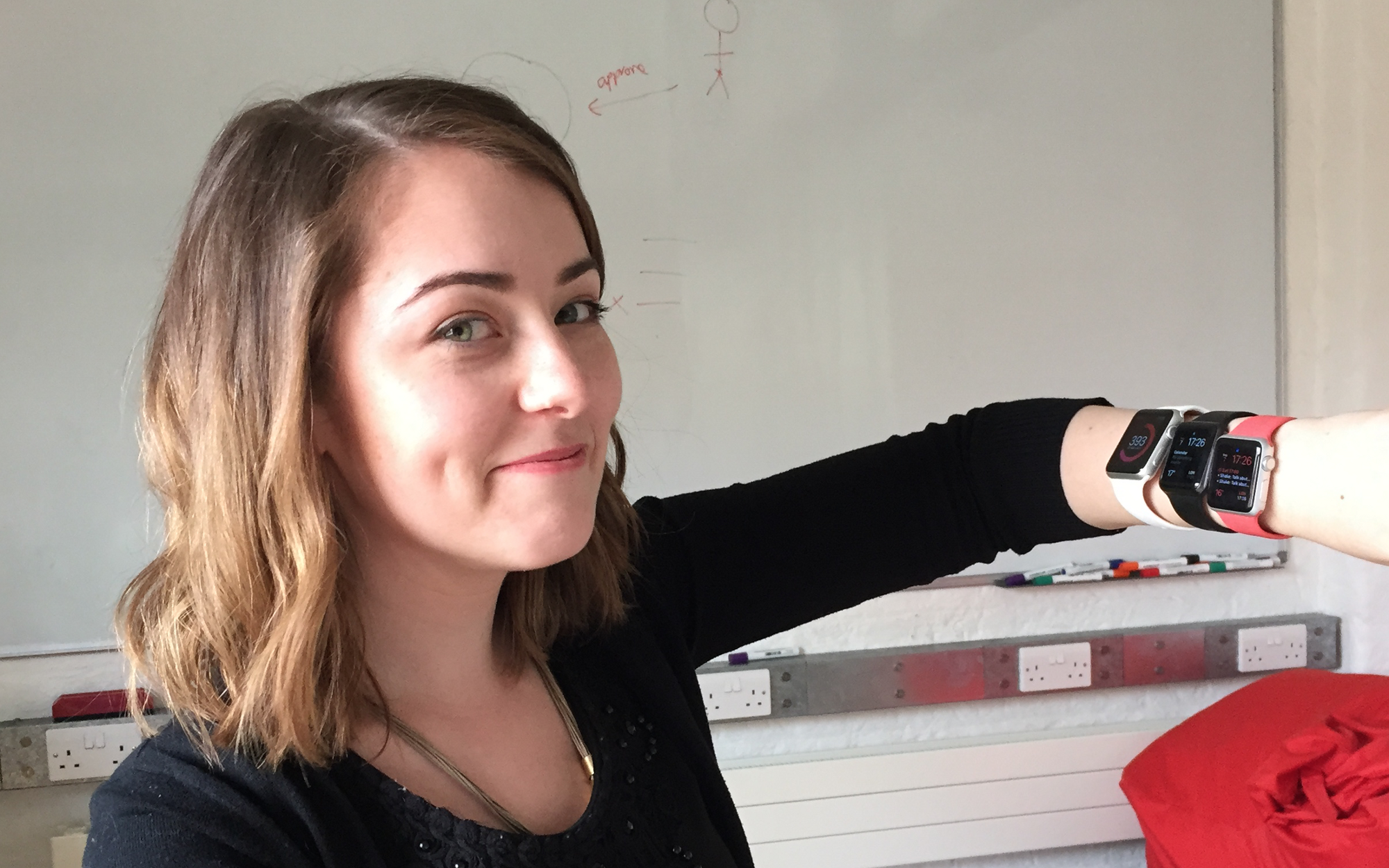
How the Apple Watch Cured My iPhone Addiction
The key to the Watch is that you can only do one thing at a time, and nothing more. There is simply not enough room on the screen for competing information. Apps are small, and most do one thing very well but there is no need to linger.
The biggest difference since the I got the Watch has been very simple: I no longer check my iPhone. Ever. There is no more FOMO, and no more cascading triggers that cajole me to use other apps. My phone joined the ranks of larger, multi-purpose devices in my life: my iPad and my laptop. I know I can use them whenever I need to accomplish a bigger task, but I certainly don’t need them around for the small stuff.
This is pretty much what I eluded to in my Apple Watch is Not a Gadget piece:
In the few days of my ownership of Apple Watch, I have essentially forgotten that it exists on my wrist. I put it on in the morning, and when it needs my attention, it tells me. A tap on the wrist tells me my wife needs my attention. Another type of tap tells me to stand up. These aren’t situations where I’m sitting there engaged and fiddling with the Watch. Instead, the Watch allows me to concentrate on my work, letting me look at my wrist for literally one or two seconds only when I’m actually asked to. It’s pretty amazing.
The key use case for both Grinblo and I is that the Watch serves as an assistant who’s job it is to let us know when something requires our attention. The phone does that, but not nearly as well and not nearly as discrete. For both of us that means less time checking the phone and more time doing more important things.
That’s part of what makes the Watch so compelling and why it’s hard to describe to people in a short article or five minute interaction why the Watch is so interesting. It’s only when you live with the product over time that you start realizing why it’s so great.